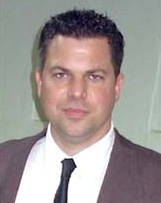Date: 2014-01-25 Time: 07:00 - 09:00 US/Eastern (1 decade 11 months ago)
America/Los Angeles: 2014-01-25 04:00 (DST)
America/New York: 2014-01-25 07:00 (DST)
America/Sao Paulo: 2014-01-25 08:00
Europe/London: 2014-01-25 11:00
Asia/Colombo: 2014-01-25 16:30
Australia/Sydney: 2014-01-25 22:00 (DST)
Where: Online Video Conference
This video conference used Fuzemeeting.
The meeting can be replayed by clicking this link:
https://youtu.be/1_RAWoHyj5w
Description
In uncertainty relations it can be said that one variable or parameter is a Fourier transform of another. As a result, one of the mathematical tools applied in the RH proof, ?Exponential Decay and the Riemann Hypothesis?, results in defined certainty between the parameters in isolated regions near infinity of the function using the author?s Riemann Statistical Oscillation (RSO). By representing increments of chronological time or linear distance in terms of moments, thus using a Laplace transform instead of a Fourier, the author shows how the RSO may be applied to vacuum fluctuations in the same way. The method in this presentation will be shown to have applications also to the original Mandelstam and Tamm result of 1945 that proved an uncertainty relation between energy and time, in that the conservation of energy appears to be violated in very short durations and/or very high frequencies. The author presents a method to analyze these conservation of energy ?violation? moments with high accuracy.



